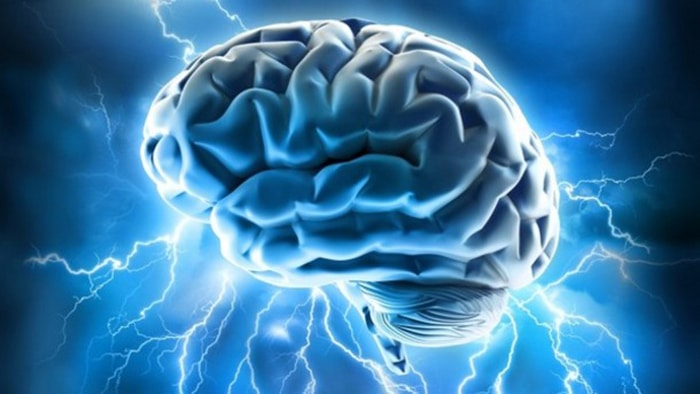Cheap PCs can generate lush virtual worlds. Supercomputers can simulate the formation of galaxies. Even the phone in your hand is more capable than the world’s most powerful computers of just a few decades ago.
But until recently, ask a computer to identify a bird in a picture—a task a toddler can do—and the most advanced systems stumble.
No longer. New neural network algorithms, access to vast troves of data and powerful GPUs have converged. The result is a revolution called “deep learning.”
Great Deep Forward
The potential is vast. Researchers use deep learning to spot cancerous cells. To categorize corals in endangered reefs. To map the connections between neurons in the brain. No technology is as transformative right now as this.
“Deep learning technology is getting really good—and it’s happened very fast,” says Jonathan Cohen, an engineering director at NVIDIA. “Problems people assumed weren’t ever going to be solved—or wouldn’t be solved anytime soon—are being solved every day.”
Deep learning refers to algorithms—step-by-step data-crunching recipes—for teaching machines to see patterns. That gives computers uncanny capabilities. Such as the ability to recognize speech—and translate it to another language on the fly.
Better Than Human
This is a major shift.
Just a few years ago, computers struggled with tasks that, to people, are simple. One key benchmark: the annual ImageNet Large Scale Visual Recognition Challenge. To compete, teams build systems that assign one of a thousand possible descriptive labels to a set of 100,000 images. In 2011, participants misidentified objects about a quarter of the time.
A year later, a GPU-equipped team from the University of Toronto led by Geoffrey Hinton halved that error rate. And recently, Microsoft Research brought the error rate down to just under 5 percent. That’s better than what humans can do.
So how does deep learning work? It starts by “training” an artificial neural network. That involves feeding powerful computers many examples of unstructured data—like images, video and speech.
Why Is It Called Deep Learning?
With deep learning, a neural network learns many levels of abstraction. They range from simple concepts to complex ones. This is what puts the “deep” in deep learning. Each layer categorizes some kind of information, refines it and passes it along to the next.
Deep learning lets a machine use this process to build a hierarchical representation. So, the first layer might look for simple edges (computer vision researchers call these “Gabor filters”). The next might look for collections of edges that form simple shapes like rectangles, or circles. The third might identify features like eyes and noses. After five or six layers, the neural network can put these features together. The result: a machine that can recognize faces.
GPUs are ideal for this, speeding a process that could otherwise take a year or more to just weeks or days. That’s because GPUs perform many calculations at once—or in parallel. And once a system is “trained,” with GPUs, scientists and researchers can put that learning to work.
That work involves tasks once thought impossible. Speech recognition is one application. So is real-time voice translation from one language to another. Other researchers are building systems that analyze the sentiment in social media conversations.
We’re just scratching the surface. That’s why researchers at top universities worldwide are rushing to put deep learning to work. So are Facebook, Microsoft, Twitter and Yahoo, and a host of startups.
And many of these pioneers attend our annual GPU Technology Conference to share their latest advances.
Deep Dive: Join Us at GTC to Learn More About Deep Learning
Because of the GPU’s central role, our GTC is one of the best places to learn more. Facebook will talk about how it’s using deep learning for object recognition. Baidu, Microsoft and Twitter will be there, too. So will experts from New York University, U.C. Berkeley and the University of Montreal.
So join us at our GPU Technology Conference, in Silicon Valley, March 17-20. And learn how to put learning machines to work for you. To register for the conference, visit our deep learning GTC page.
Related reading:
Deep Learning Portal at NVIDIA Developer Zone
Learn more about NVIDIA Solutions for Machine Learning
